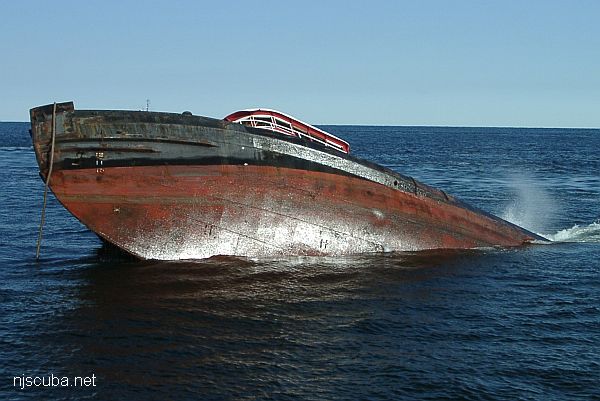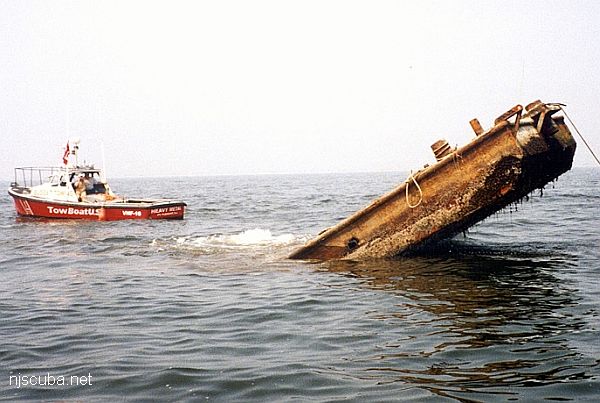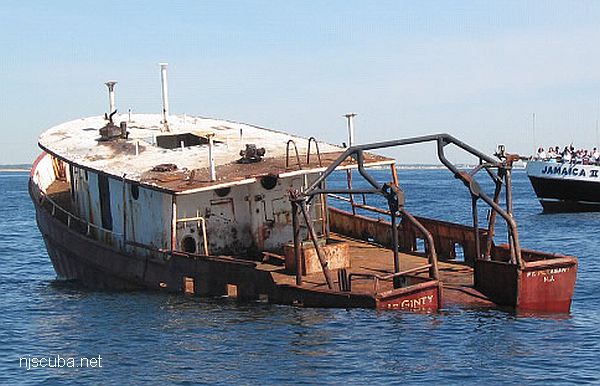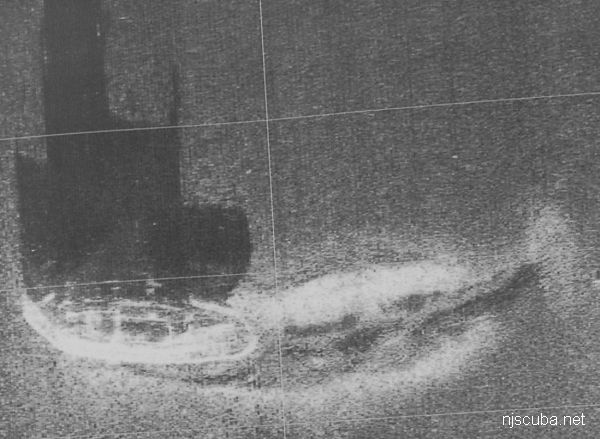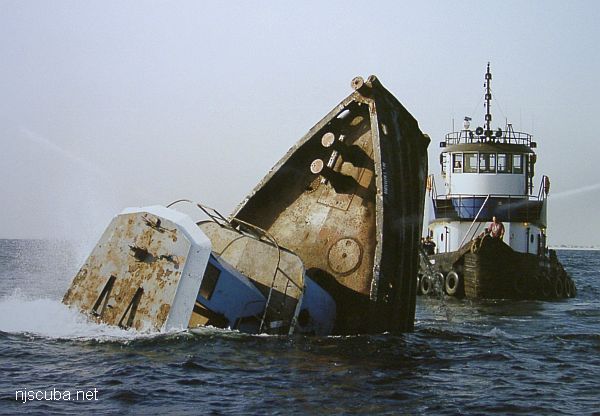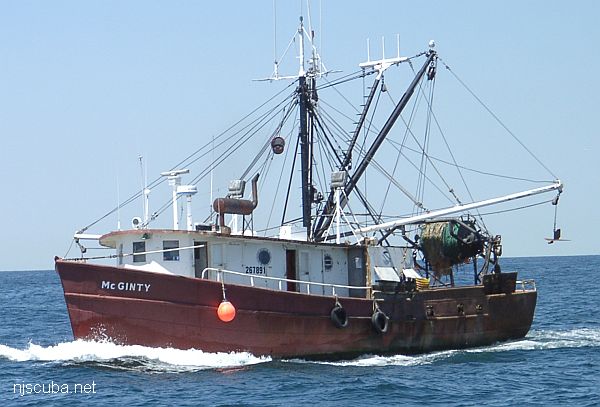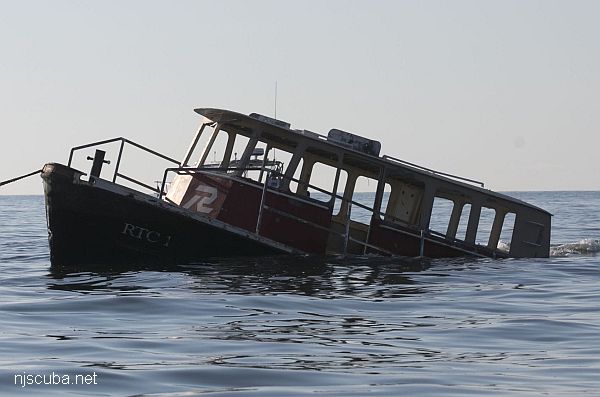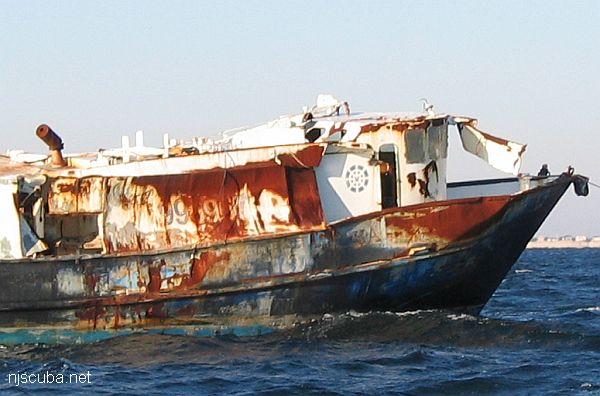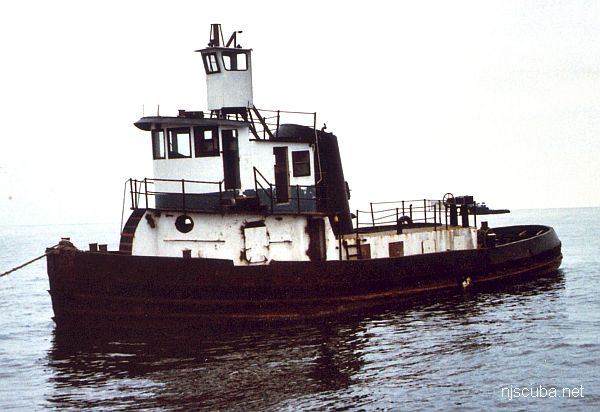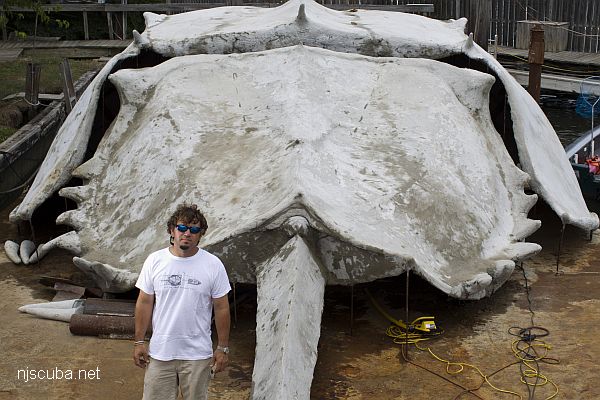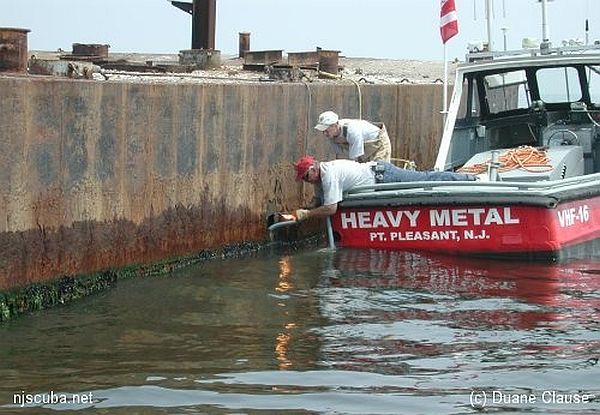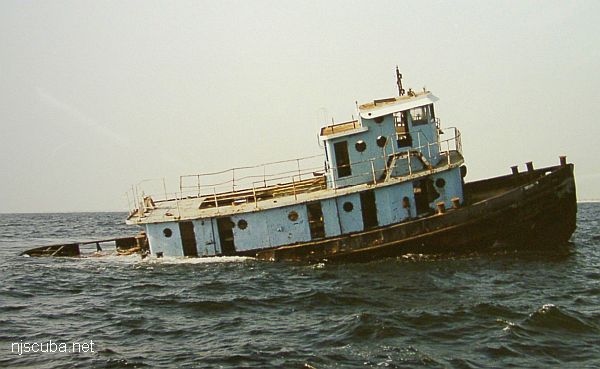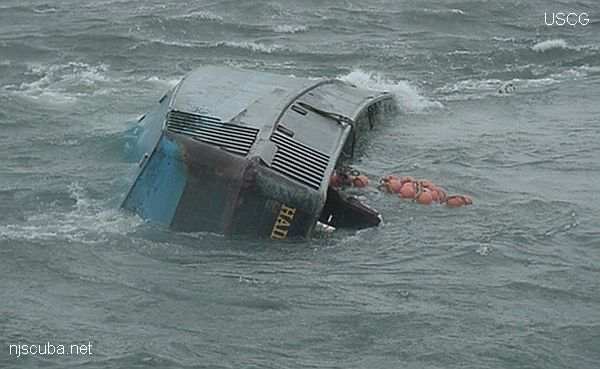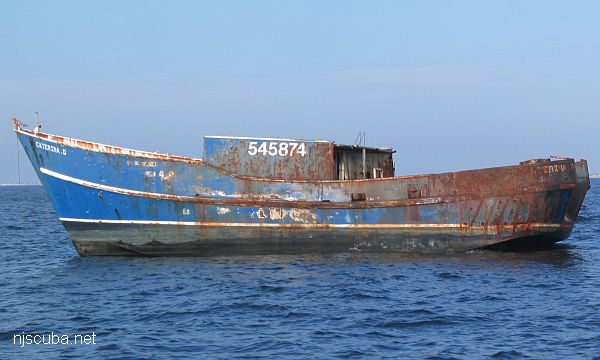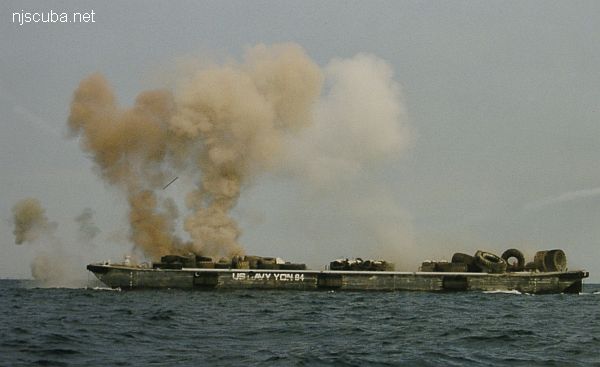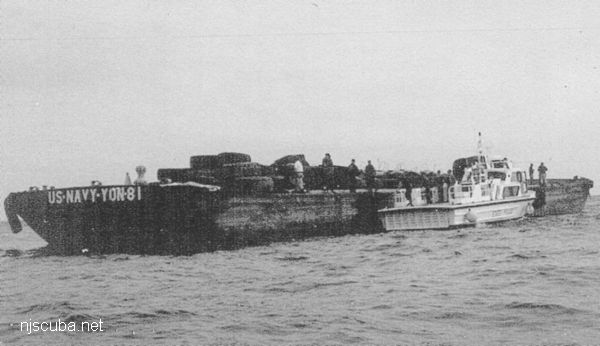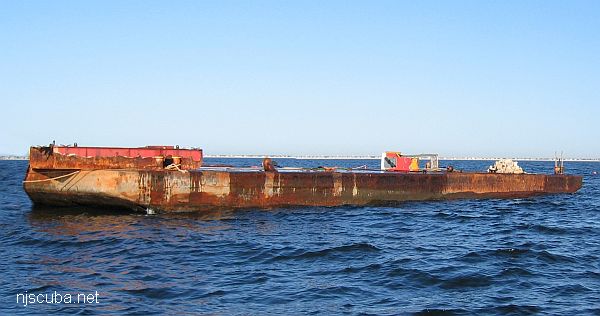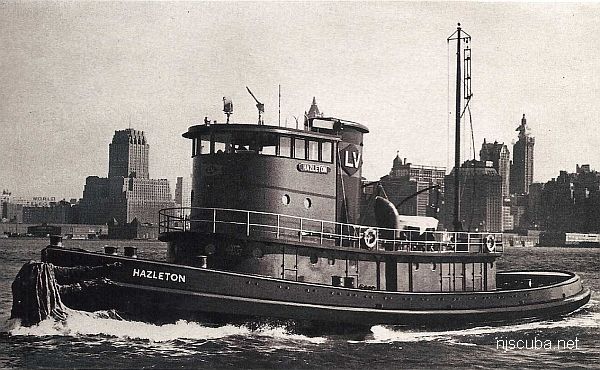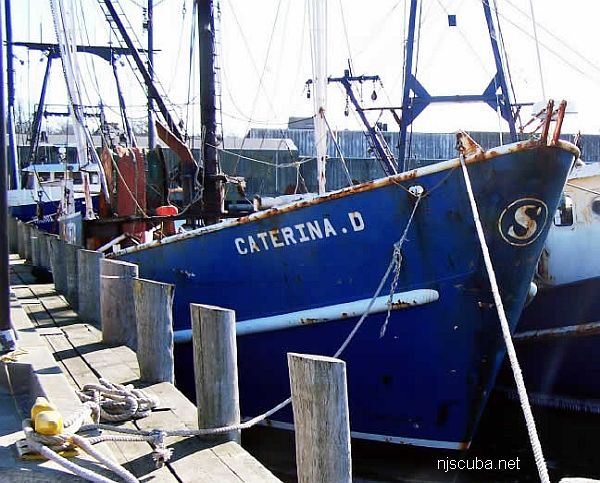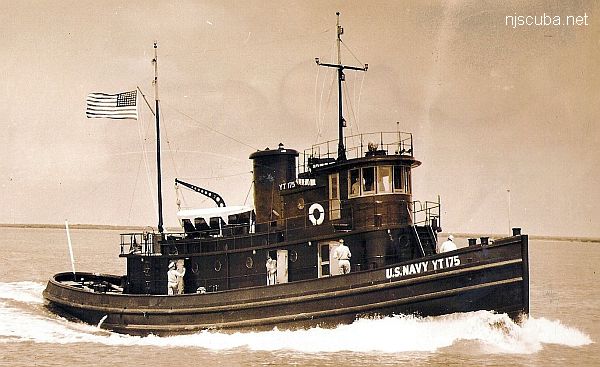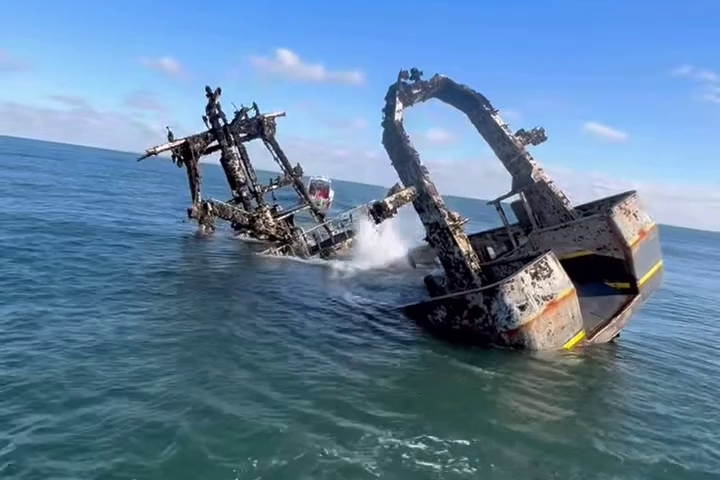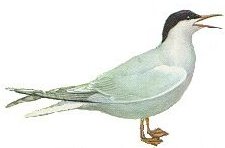Axel Carlson Artificial Reef
2.0 Nautical Miles off Mantoloking
Depth: 65-80 ft [download]




The Axel Carlson reef is situated in a trough next to an underwater hill known as the Manasquan Ridge. This is an area of silty mud bottom and usually has relatively poor visibility. Axel Carlson reef is sometimes referred to as the Mantoloking reef. It also contains a number of sunken army tanks ( not shown. ) Minimum clearance at mean low water is 40 feet.
The pink areas on the chart are the "Full Access Zones". These are the areas where commercial fishermen will continue to be allowed to set their traps and lines as of 2015. For the rest of us, those are more like "No Access Zones," but some sort of fair compromise needed to be reached with the commercial fishermen, some of whom could legitimately claim to have fished those spots for generations.
The actual location of the Carrabassett is a secret.
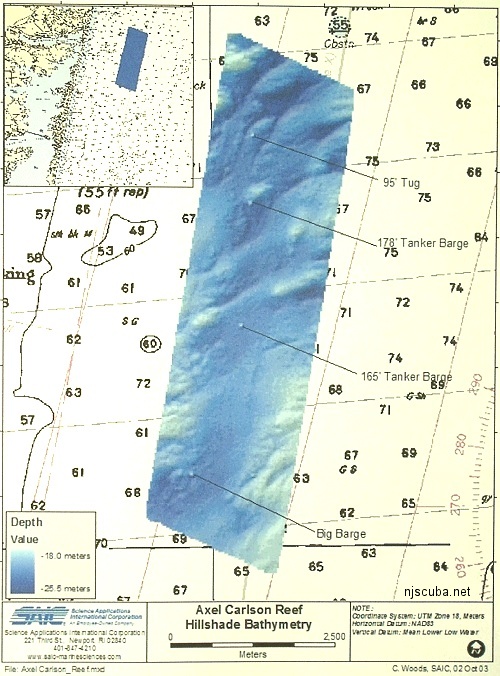
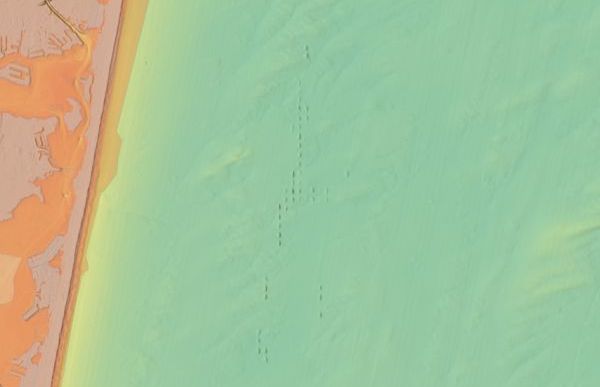
NOAA

